10 Tasks to Keep Your Summer Garden Singing
Summer is the time to enjoy the fruits of your spring labor and have fun in the garden. While you’re at it, keep up on these ten basic tasks and your plants will reward you by growing and blooming strong all the way through fall.
1. Water me, please! As the summer heat settles in, the soil in your containers and garden beds will begin to dry out more quickly than it did in the spring. Keep a close eye on them to make sure your plants aren’t wilting between waterings. Those growing in full sun will need to be watered more frequently than those in the shade. To know if your container plants need water, stick your finger one knuckle deep down into the soil. If it’s dry at your fingertip, it’s time to water. Be sure to direct the stream of water at the soil and not at the top of the plants so the roots can soak it right up. While you’re at it, clean and refill the birdbath. Birds need a steady supply of fresh water too! |
It never seems to fail that the weeds grow faster than the pretty plants. Staying on top of them and pulling them before they spread is a season-long task, and summer is no exception. Catch them before they go to seed and you’ll have less weeding to do later. Be sure to look under your flowers’ leaves for low growing weeds that may be lurking underneath. |
Annual flowers should be fed regularly throughout the whole growing season so they have enough energy to continue growing and producing flowers. We recommend feeding them with our water soluble plant food every third time you water. If you live in an area that experiences heavy summer rains, remember that nutrients are flushed out of the containers when they are flooded with water over an extended period. Feed them again once the rain has passed through. Perennials and shrubs can be fed with slow release plant food twice per year in spring and midsummer. Stop feeding them by the Fourth of July to give the new growth time to harden off before the first frost. We often recommend Espoma’s organic plant foods specially formulated for roses, acid-loving plants and general perennials and shrubs for this purpose. |
4. Watch out for garden pests. Insects and four legged pests are active all summer long, so keep your eye peeled for any issues that might crop up. Some gardeners live and let be when it comes to garden pests like slugs, grasshoppers and Japanese beetles, while others choose to combat them. It’s up to you how you want to manage your garden. Some draw the line at petunia budworm, which can devour an entire plant’s flowers in a very short amount of time. Here’s an article and video about how to combat that specific pest. Summer is a good time to reapply any animal repellants you put out in spring. By now, most of the product you applied then is gone and your plants have grown much larger. If deer are an issue, be sure to spray the repellent higher up on the plant to get it closer to the nose of the deer. Granular repellents can be sprinkled around the base of your plants to ward off rabbits and other short four-legged pests. |
Since the majority of Proven Winners annual varieties are self-cleaning, you won’t need to spend your time picking off the faded blossoms. But many types of perennials are commonly deadheaded, meaning their spent flower stems are trimmed off, to encourage rebloom and tidy up the plant’s appearance. For example, dianthus (like Fruit Punch® 'Sweetie Pie', shown here) benefits from having its spent flowers sheared after the early summer flush. This makes it look neater, exposes the pretty foliage, and encourages the plant to rebloom again in early fall. Deadhead it by using shears to trim the flower stems down to the top of the mounded foliage. ‘Cat’s Meow’ catmint can be sheared the same way and will result in summer rebloom. Similarly, the spent flower stalks of daylilies, goatsbeard, coral bells, hostas, daisies, bee balm, salvia, phlox, and spike speedwell can be removed to improve the plant’s appearance. In some cases, it will encourage the plant to rebloom. If you want the ornamental seed pods to develop on Decadence® Baptisia, do not cut off the spent flower stems, since the pods will develop right where the flowers were. |
By now, your plants have grown much taller and might be starting to lean over on their neighbors. That’s OK, we all need a little support from our friends now and then. But if they are leaning to the point where their stems might break, or they are smothering nearby plants, it’s time to stake them up. A wide variety of support cages, poles, rings, and the like are available at local garden centers. You might also need to add more support for climbing vines that have already reached the top of their trellis. Garden twine comes in handy for this purpose. (Shown here: 'Sweet Summer Love' Clematis) |
Sometimes finely textured mulches break down before the season is over and need to be reapplied in summer. Mulch keeps the plants’ roots cool and retains soil moisture, which is important to keep your plants from getting stressed in the summer heat. It also covers bare ground where weeds might otherwise try to sprout. You may need to pick up a few more bags of mulch to fill in any bare spots to make it through the season. |
No matter how many plants you pick up at the garden center in spring, it seems there’s always a spot or two in the summer garden where you need a little more color. Maybe it’s in your shrub border which was gorgeous when it bloomed in spring, but now will be all-green for the rest of the season. Or maybe you have an empty spot in a container where a cool season annual has finished blooming. Whatever the reason, company is coming and it’s time to spruce things up a bit. When choosing plants to add to the summer garden, consider adding heat tolerant varieties like the Toucan® cannas you see here. They will have a better chance of getting established in the hot summer months. Be sure to keep them watered in the first few weeks while they are getting settled into their new home. You’ll find ideas for what to plant in summer in this article. |
Be proud of your work and show it off! Your friends and relatives will love seeing pictures of your garden on your Facebook and other social media pages. It’s a fun way to share a bit of yourself with others. Photographing your garden has another very practical use—it helps you remember what you loved about your garden this year. Next spring, when you want to plant those gorgeous porch pots just like last year, you’ll know exactly what you planted because you’ll have documented it in photos. You can also take pictures of the parts of your garden that need a little sprucing up and refer to them when you are shopping at the garden center this summer. |
|
Summer is the ideal time to kick back and enjoy the beauty you have created in your outdoor living spaces. Take a nap in the shade of the trees and when you’re done, invite your neighbors over for a backyard barbeque. Play some lawn games while you’re at it. Relish your time in the garden while you can. Winter always comes too soon. |



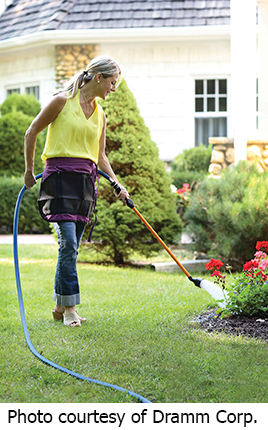
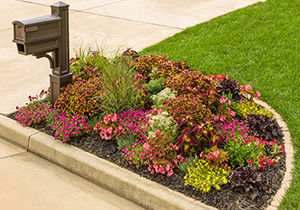 2. Don’t let the weeds win.
2. Don’t let the weeds win.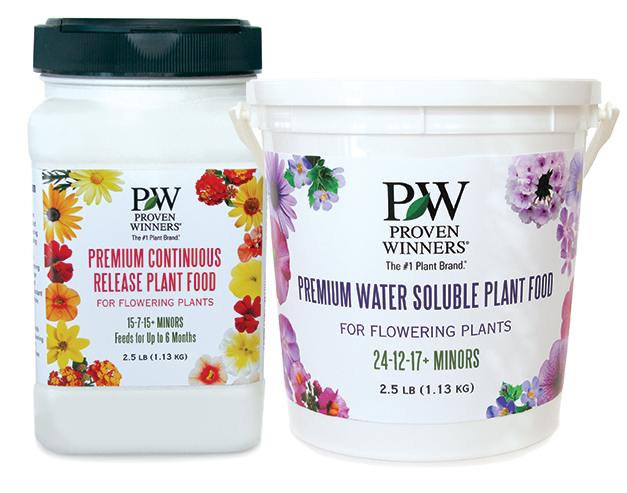
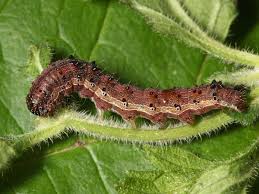
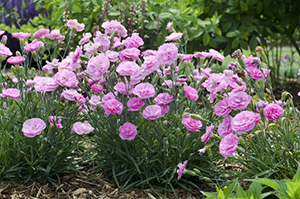

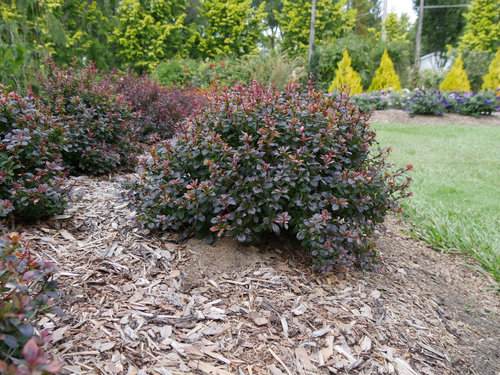 7. Mulch getting a little thin?
7. Mulch getting a little thin? 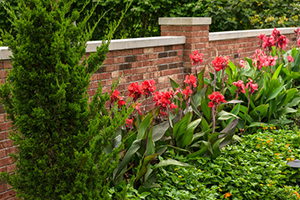
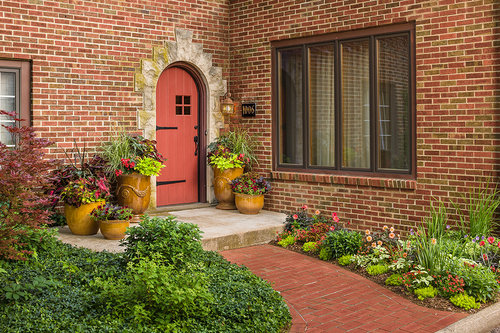 9. Take pictures of your garden.
9. Take pictures of your garden.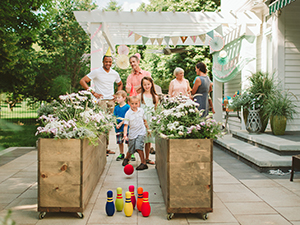 10. Enjoy the fruits of your labor and share it with others.
10. Enjoy the fruits of your labor and share it with others.
